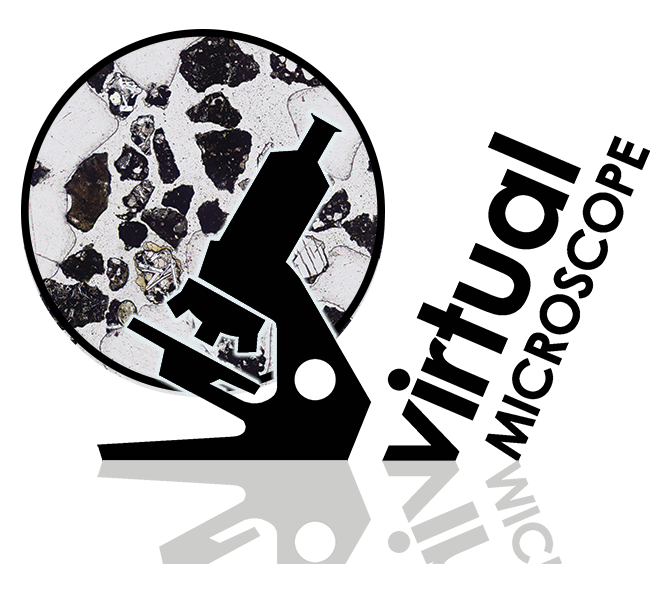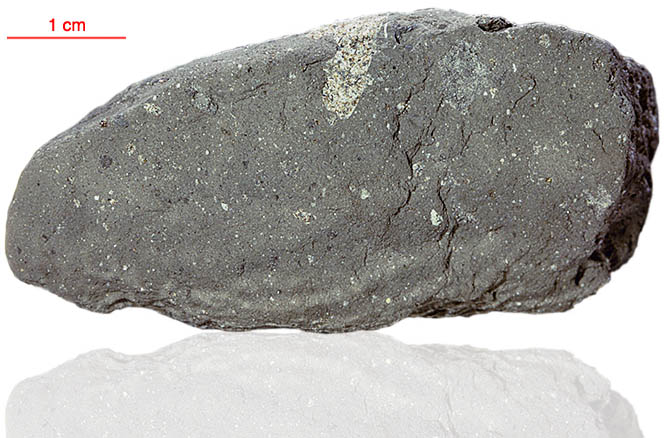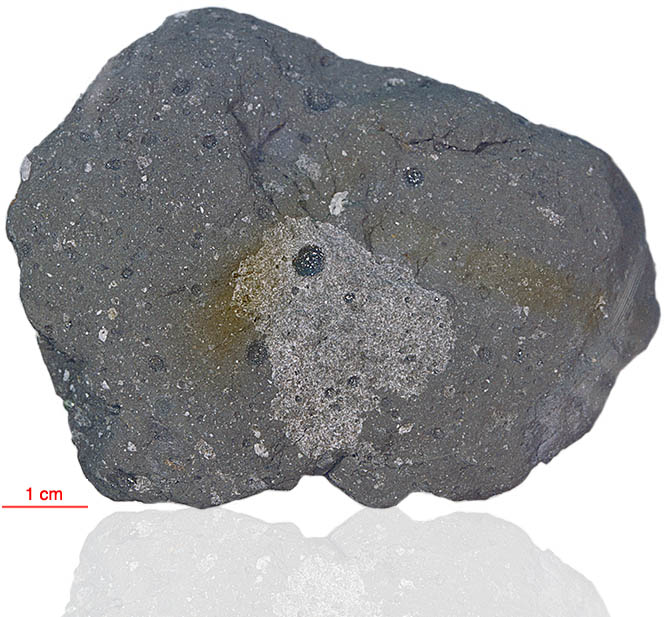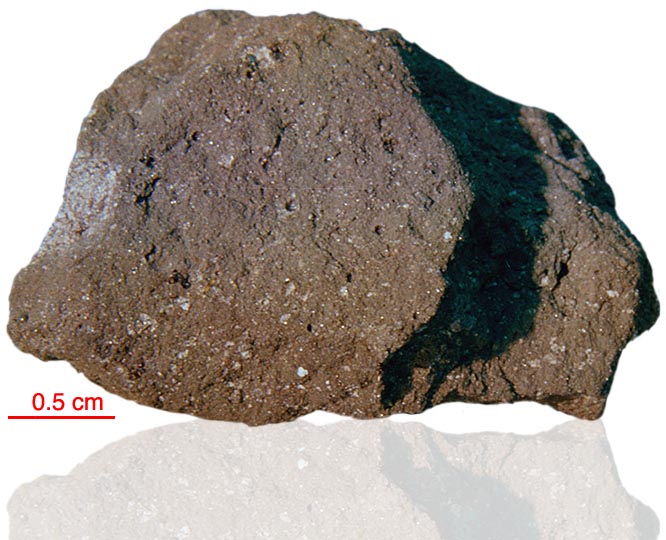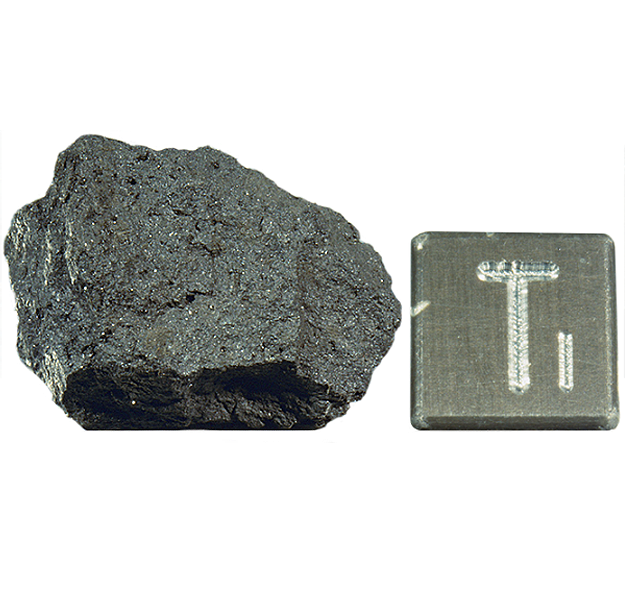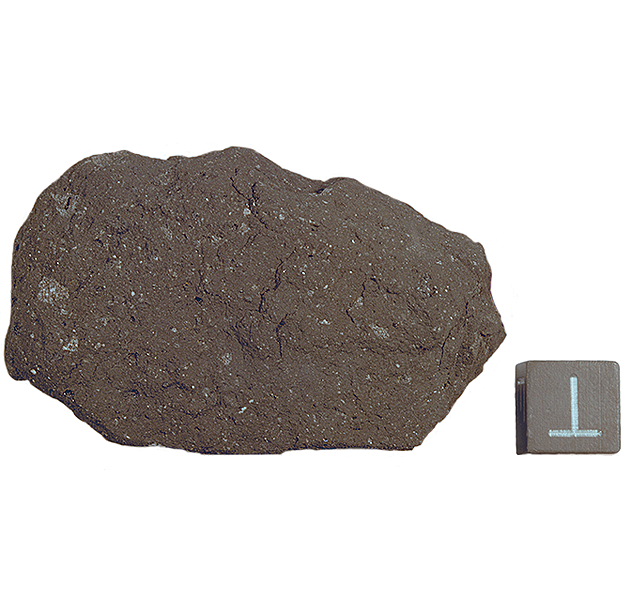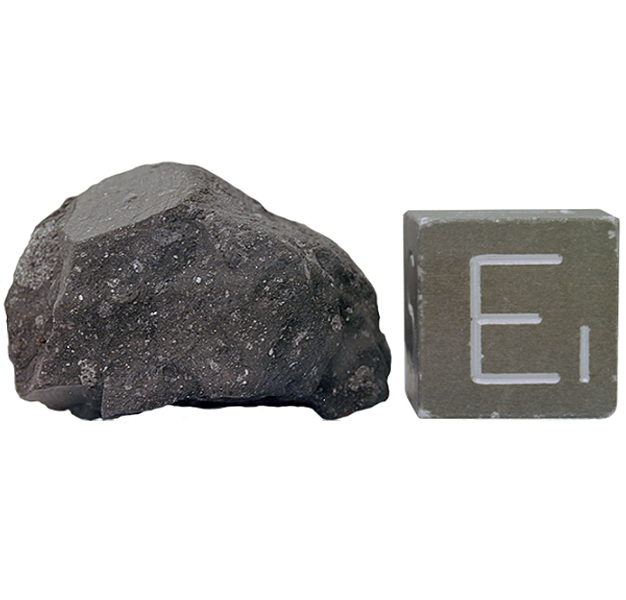
Fact sheet
10048 is a grey regolith breccia (weight 579 grams) similar in composition to Apollo 11 soil. It is a glass matrix breccia derived from the soil by meteorite impact. The matrix contains small clasts of mare basalt along with orange to red glass beads (~100 microns across). Detailed examination of the sample has produced an estimate for the source of the regolith with about 75% thought to be local mare basalt and about 25% from the lunar highlands.
Interestingly, sample 10048 was one of those used in the "biopool" - samples used to check for pathogens and life forms during the initial Apollo 11 quarantine.
Further details of this and other Apollo samples are here: http://curator.jsc.nasa.gov/lunar/
The Apollo 11 samples create an iconic collection since they were the first rocks collected by humankind that were returned to Earth from another solar system body. The Apollo 11 team collected and returned 22 kg of rock and soil samples.
Apollo 11 launched from Cape Kennedy on 16 July 1969. An estimated 530 million people watched Armstrong's televised image and heard his voice describe the event as he took "...one small step for a man, one giant leap for mankind" on 20 July 1969.

